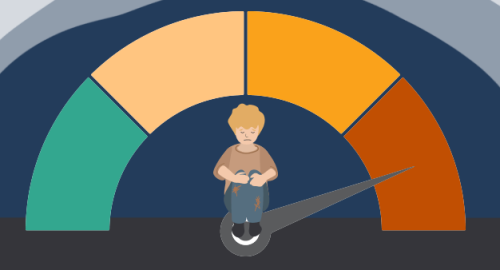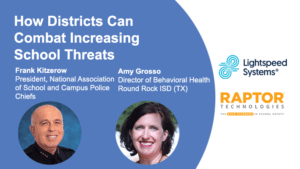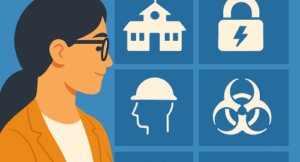Listen to this blog
3 minutes
Daniel Pelka was a four-year-old boy who was being abused, starved, and beaten by his mother and stepfather. He was regularly absent from school, but when he did attend class, staff noticed bruises and injuries. Cafeteria staff even witnessed him scavenging for food through the trash because of his intense starvation. Daniel ultimately died from the abuse.
His death prompted an immediate review, which ultimately found that school staff, social workers, and police officers all missed multiple opportunities to stop the abuse and save Daniel’s life.
What is Early Intervention and Why is it Important?
Early intervention is the most important and effective way to prevent a child from experiencing harm. That harm can be something as severe as Daniel’s story, like child abuse and neglect. But it can also be emotional harm, like anxiety, depression, or withdrawal, that can surface from things like parental divorces, being bullied, or not making the soccer team.
Being able to recognize a student in distress empowers schools to reduce that child’s exposure to harm and give them the support they need to cope and heal. Another goal of early intervention is to stop the harmful situation before it escalates into things like long-term mental or physical health issues, self-harm, targeted acts of violence, or like Daniel’s case, death.
What are Low-Level Concerns in Schools?
Low-level concerns can have devastating consequences, yet they are smaller issues that are commonly overlooked. Examples of low-level concerns are:
- coming in disheveled and unkempt
- wearing the same clothes multiple times a week
- being tardy or absent at specific times or intervals
- displaying bruising or cuts
- showing signs of bullying, abuse, neglect, or self-harm
- experiencing behavioral changes, emotional outbursts, and sudden shifts in academic performance
How Can Schools Monitor Low-Level Concerns?
School staff are typically the first to notice when a student is in distress. Many staff jot down their concerns in their notebooks or make a mental note to talk to the school counselor or the student’s guardian. Without a standardized reporting process, however, it can be difficult to see the whole picture and recognize patterns.
Poor recordkeeping is one of the reasons Daniel didn’t get the help he needed. It was difficult to find evidence of his abuse and to see a pattern since most staff verbally shared their concerns and the incidents were viewed individually. The concerns that were written were often inaccurate or lost.
Digitally tracking concerns creates a bigger picture of the student’s wellbeing. These chronologies also help schools recognize when a student’s distress is escalating so that they can intervene as early as possible.
Related Resources
Guide to K-12 Student Wellbeing
Learn strategies to support students in distress and reduce violence in schools, download our free guide here.
Listen to this blog
3 minutes
Learn more about early intervention
Featured video
Recent Webinar
How Districts Can Combat Increasing School Threats
Districts are facing an unprecedented number of students struggling with...
Watch now






